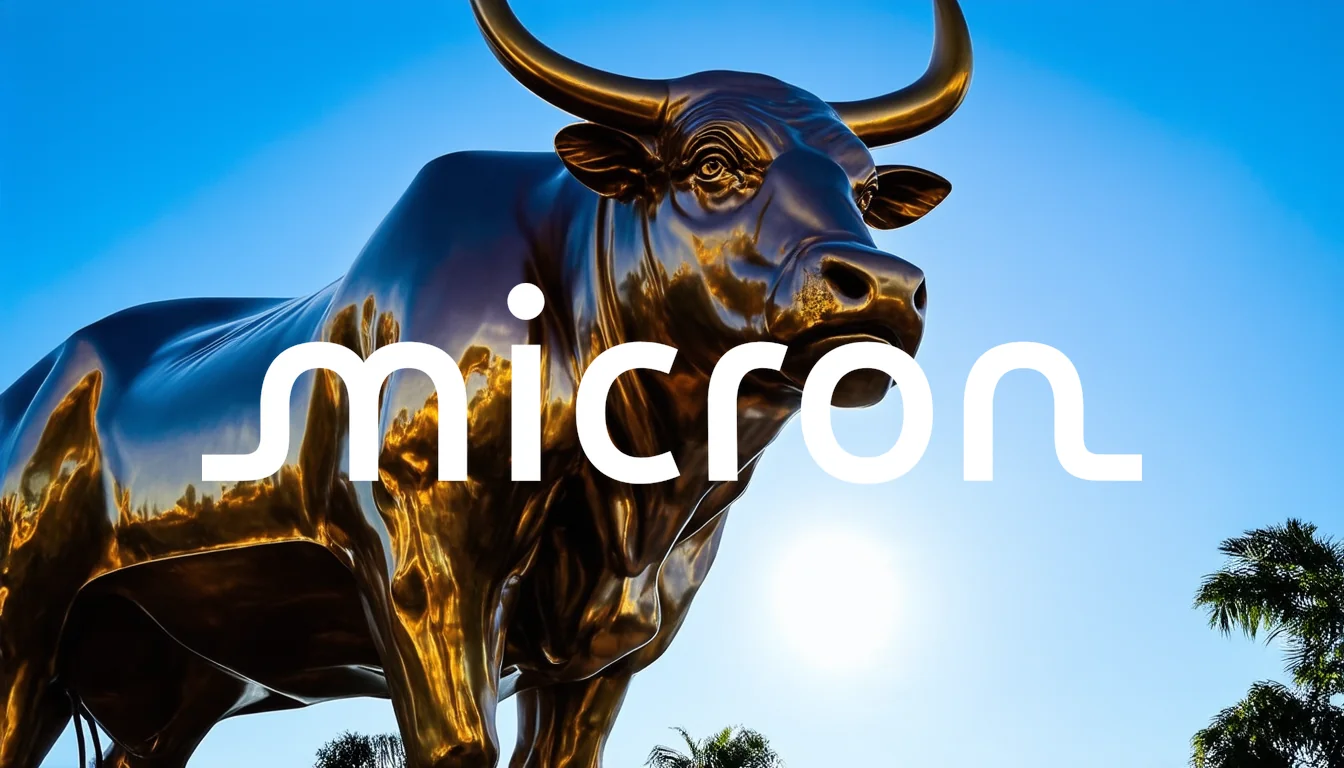The competitive landscape for high-bandwidth memory (HBM) chips, crucial for artificial intelligence applications, is shifting. Samsung Electronics, which had previously fallen behind in the race to supply these advanced components, has made a significant breakthrough that could challenge Micron Technology’s recent gains.
Key Endorsement from Nvidia
In a development that sent ripples through the semiconductor sector, Samsung’s next-generation HBM4 memory chips have successfully passed Nvidia’s rigorous reliability testing protocols. This technical validation represents more than an engineering achievement—it provides Samsung with a critical entry point to supply components for Nvidia’s upcoming “Rubin” AI architecture.
This development marks a potential reversal of fortune for Micron, which has been steadily capturing market share in the HBM segment throughout recent months, frequently at the expense of its South Korean rival. With Nvidia’s endorsement, Samsung is now positioned for a substantial competitive resurgence.
Accelerated Production Timeline
The strategic importance of this development becomes evident when examining the projected timeline. Industry observers note that Samsung could potentially commence mass production as early as the end of this year, dramatically narrowing the gap with current market leaders.
Until now, SK Hynix has maintained dominance as the primary supplier of HBM chips to Nvidia. Samsung’s advancement threatens to disrupt this established supply relationship and reshape the competitive dynamics of the multi-billion dollar AI memory market.
Should investors sell immediately? Or is it worth buying Micron?
Despite the intensifying competition, some market analysts maintain a positive outlook for sector participants. Wolfe Research continues to recommend an “Outperform” rating on Micron, citing robust demand for Nvidia’s “Rubin Ultra” processors as a significant growth catalyst that should benefit all qualified suppliers.
Strong Operational Performance Amid Challenges
Paradoxically, Micron continues to demonstrate operational strength despite the emerging competitive threat. The memory chip manufacturer recently raised its financial guidance for the fourth quarter of fiscal year 2025, pointing to stronger-than-anticipated DRAM pricing as a key factor.
The company now anticipates revenue to reach between $11.1 billion and $11.3 billion, exceeding previous projections. This upward revision reflects continuing favorable conditions in the memory market.
Institutional investors have demonstrated confidence in Micron’s prospects. GDS Wealth Management significantly increased its position by 96.2%, while Level Four Advisory Services raised its stake by 17.8%, indicating strong professional investor belief in the company’s long-term value proposition despite increasing competition.
Ad
Micron Stock: Buy or Sell?! New Micron Analysis from November 20 delivers the answer:
The latest Micron figures speak for themselves: Urgent action needed for Micron investors. Is it worth buying or should you sell? Find out what to do now in the current free analysis from November 20.
Micron: Buy or sell? Read more here...













